The vibrant tapestry of India’s wildlife is a reflection of its diverse ecosystems and rich cultural heritage. From the snow-capped peaks of the Himalayas to the lush forests of the Western Ghats and the arid deserts of Rajasthan, India is home to a remarkable range of flora and fauna. This incredible biodiversity, combined with a commitment to preserving natural habitats, has led to the establishment of numerous wildlife sanctuaries and national parks across the country.
Wildlife sanctuaries and national parks serve a critical role in conserving India’s wildlife and natural resources. These protected areas not only safeguard endangered species but also help restore ecosystems and preserve the natural beauty of the country. They provide opportunities for research, education, and ecotourism, enabling people to connect with nature and appreciate the importance of conservation.
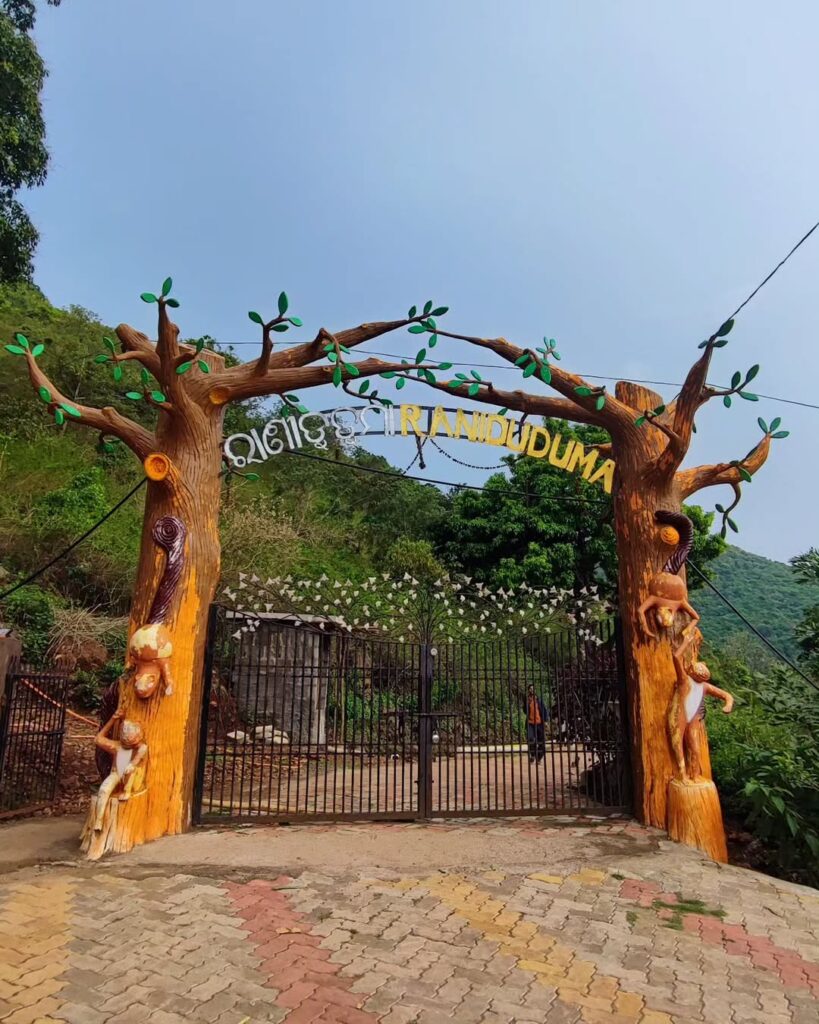
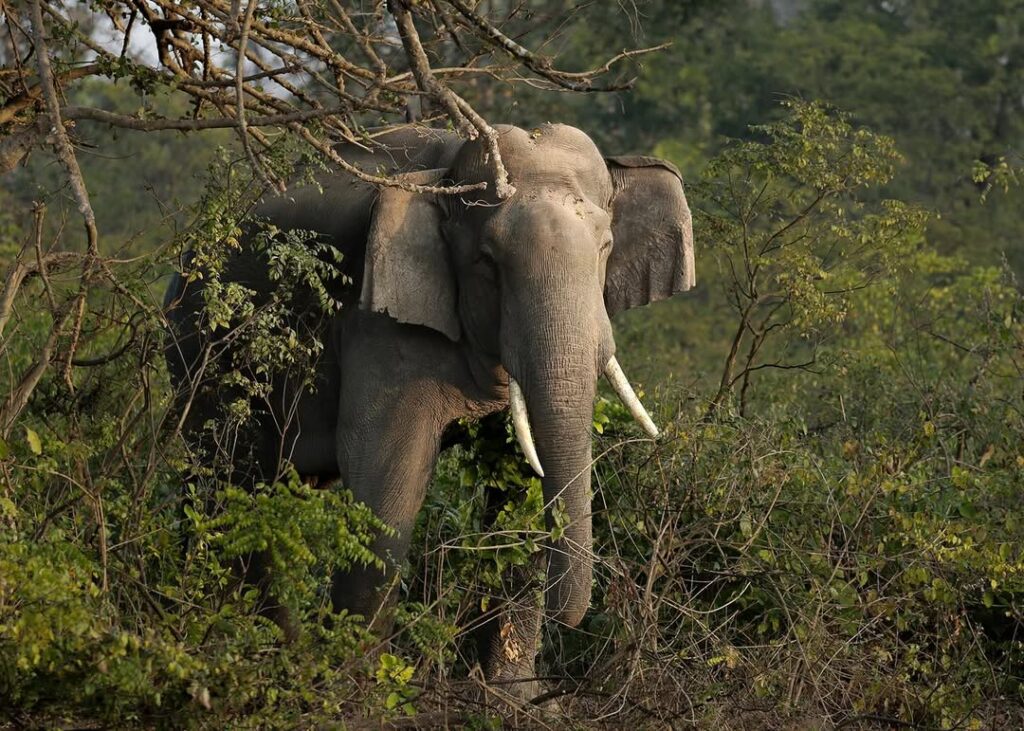
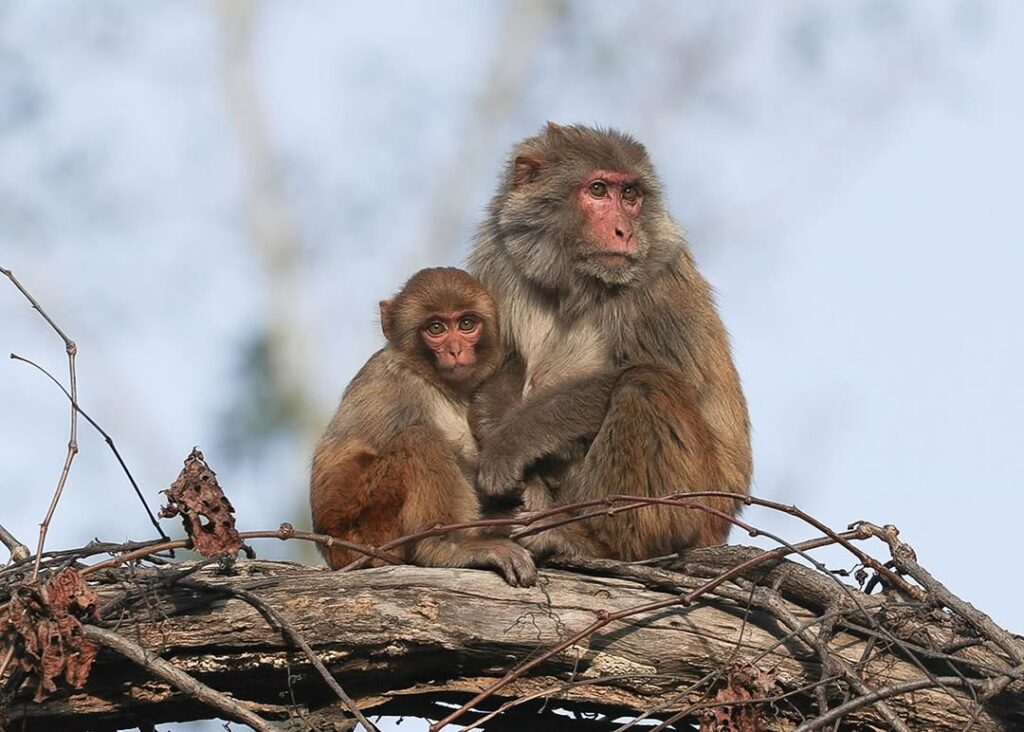
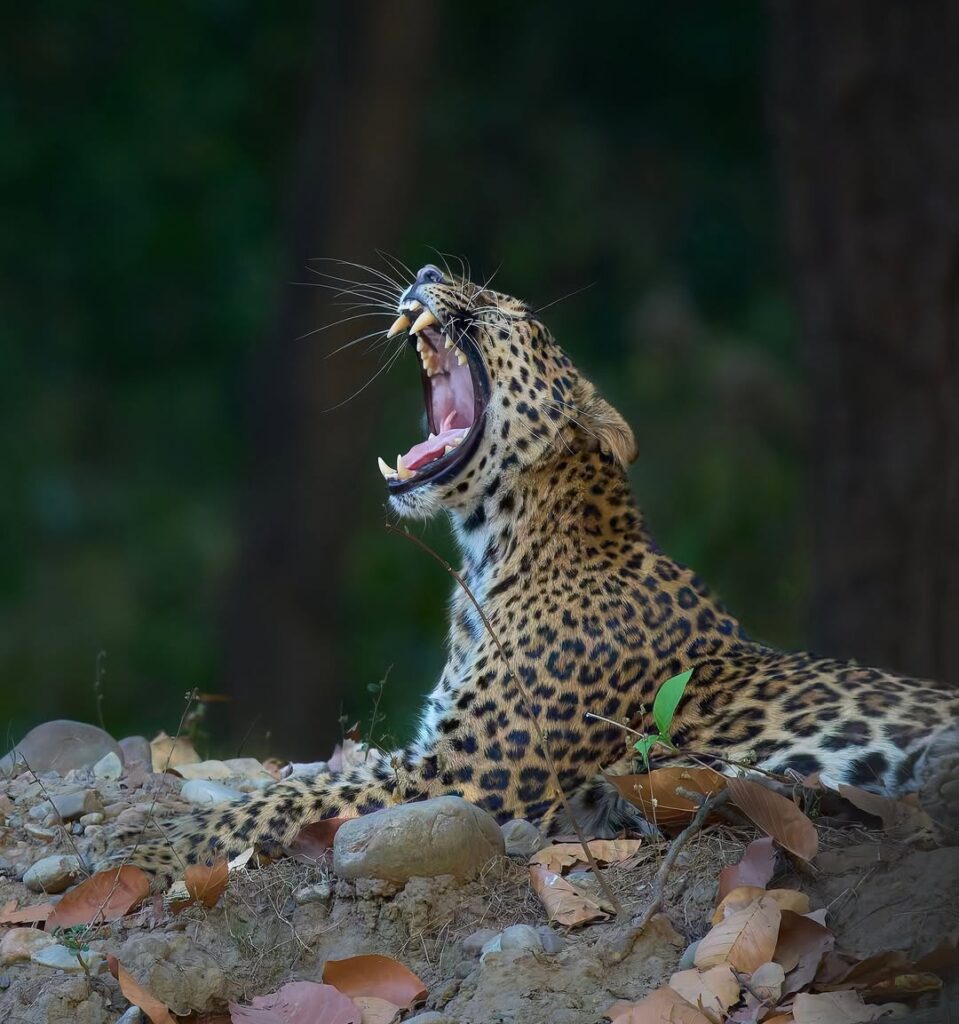
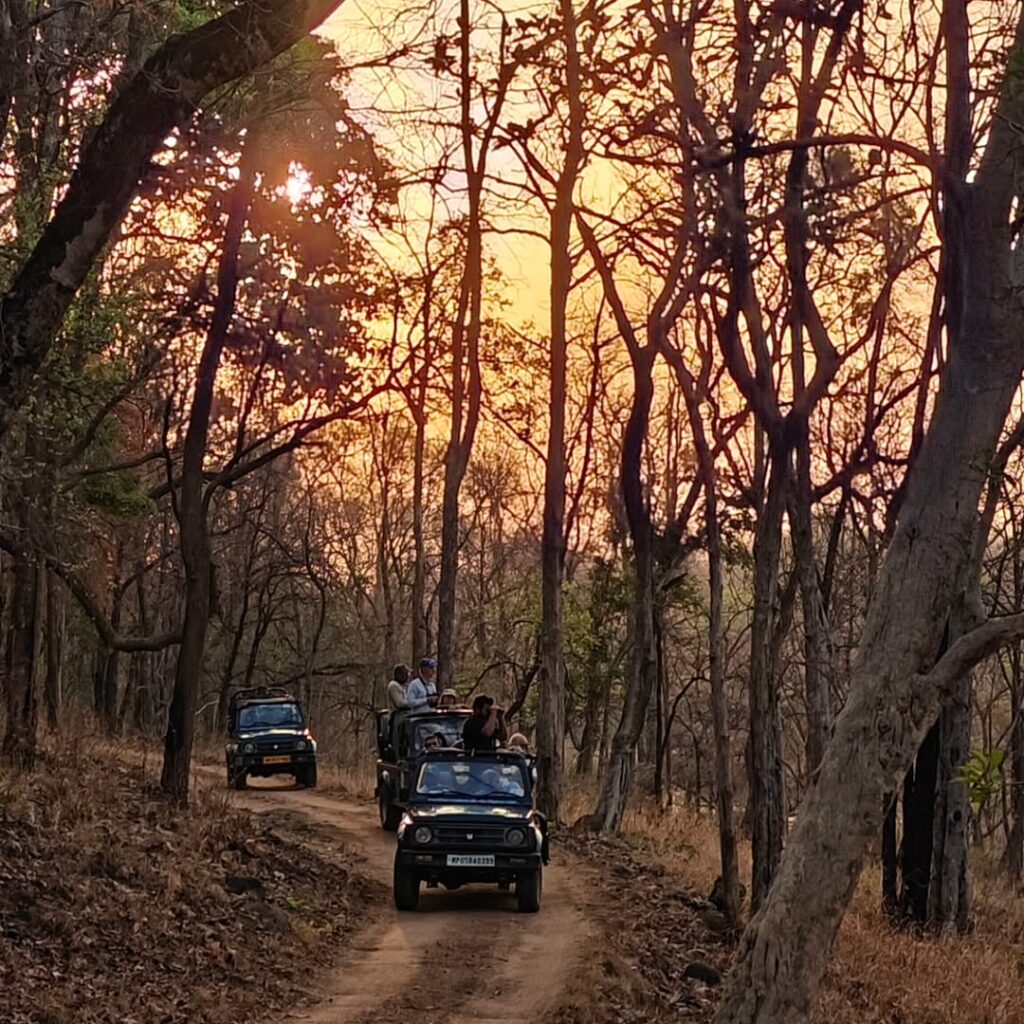
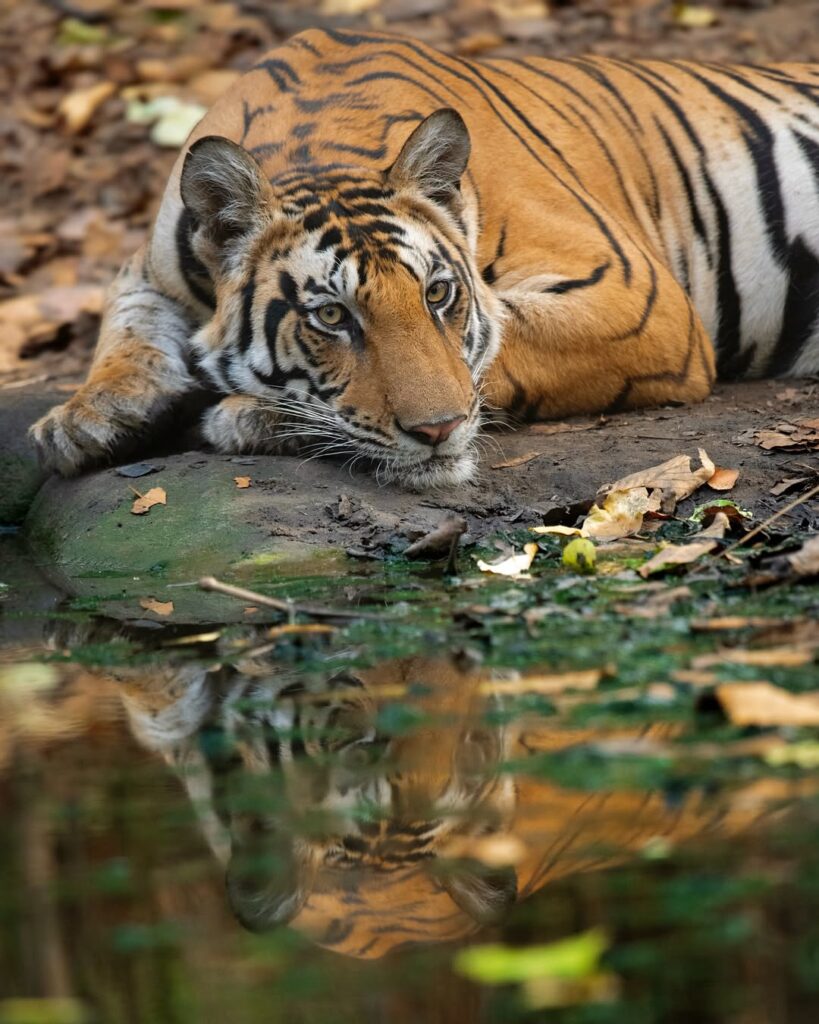
Established in 1936, Jim Corbett is India’s oldest national park and is renowned for its Bengal tiger population. Spanning over 520 square kilometers, it features a range of habitats, including hills, marshy depressions, grasslands, and riverine belts. Visitors can expect to encounter diverse wildlife, including elephants, leopards, and various species of birds.
A UNESCO World Heritage Site, Kaziranga is famous for its successful conservation of the Indian one-horned rhinoceros. The park’s lush grasslands, dense forests, and swampy wetlands are home to a variety of other species, making it a biodiversity hotspot. A jeep safari or an elephant ride through the park offers a thrilling encounter with its majestic inhabitants.
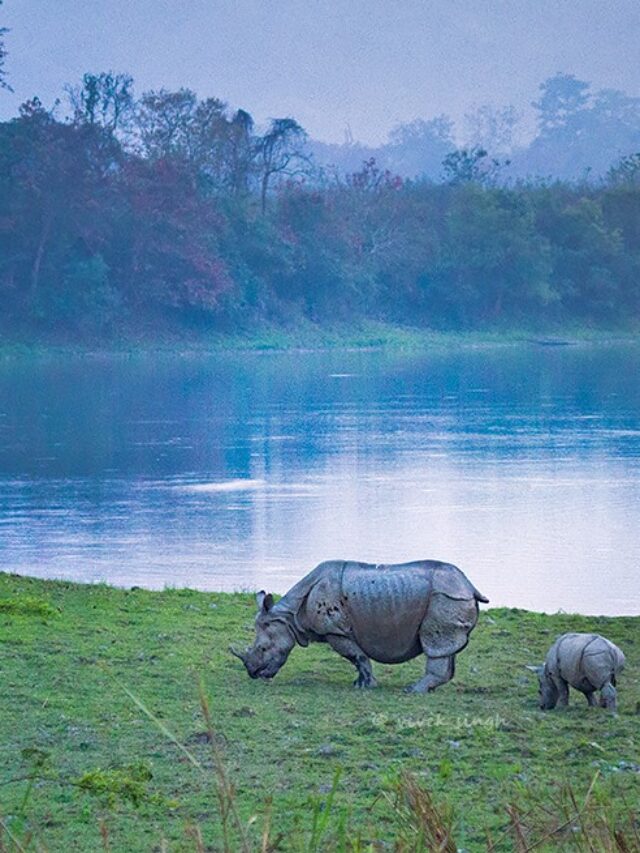

Bandhavgarh is a prime destination for those eager to spot tigers in their natural habitat. The park boasts one of the highest densities of tigers in the world. With its stunning landscapes and rich history—you can explore ancient ruins and caves—Bandhavgarh promises an unforgettable wildlife experience.
Nestled in the Western Ghats, Periyar Wildlife Sanctuary is famous for its elephant populations and picturesque lake. Visitors can enjoy boat rides, nature walks, and wildlife spotting in this verdant landscape, offering a serene escape into nature.
Once the hunting grounds of the Maharajas of Jaipur, Ranthambore is now one of the largest national parks in northern India. It is known for its population of royal Bengal tigers and offers visitors a chance to explore its ancient forts and temples while observing wildlife.






Welcome to another journey into the heart of India’s natural heritage! If you’ve ever felt the urge to escape the hustle and soak in the wild beauty of forests, sprawling grasslands, or serene wetlands, you’re in for a treat this week. We’re diving into some of the most captivating wildlife sanctuaries and national parks across India—places where nature truly reigns supreme and every visit feels like an adventure waiting to unfold.
India’s vast and diverse landscapes are home to an incredible variety of wildlife. From the regal Bengal tiger prowling the dense jungles to vibrant bird species dazzling the skies, these protected areas are living museums showcasing the country’s ecological richness. But beyond just their ecological importance, these parks offer us a chance to connect with the wild, reminding us how precious and fragile our natural world is.
Let’s start with the classics. Jim Corbett National Park in Uttarakhand holds a special place—not only as India’s oldest national park but also as a pioneering project in wildlife conservation. Imagine wandering through its teak and sal forests, hoping for a glimpse of the elusive tiger or an elegant deer. It’s a perfect blend of adventure and tranquility.
Moving south, Bandipur National Park in Karnataka offers a contrasting but equally enchanting experience. Here, the Nilgiri biosphere comes alive with elephants, leopards, and a kaleidoscope of birdlife. It’s also connected to Nagarhole and Mudumalai parks, creating a vast green corridor for wildlife—a brilliant example of landscape-level conservation.
If you’re drawn to the wetlands and birdwatching, Keoladeo Ghana National Park (formerly Bharatpur Bird Sanctuary) in Rajasthan is the place to be. Every winter, migratory birds from Siberia, Central Asia, and Tibet flock here, turning this man-made wetland into an avian spectacle. It’s a paradise for nature lovers and photographers alike.
Then there’s Kaziranga National Park in Assam, famous worldwide for its successful one-horned rhinoceros conservation efforts. The park’s vast grasslands and marshes are home to not only rhinos but also elephants, wild water buffalo, and tigers. Visiting Kaziranga is like stepping into a living, breathing story of resilience and hope.
While the bigger names draw crowds, don’t overlook some lesser-known sanctuaries that offer unique experiences. For example, Dandeli Wildlife Sanctuary in Karnataka combines rugged terrain with rich biodiversity and even opportunities for river rafting. Or Panna National Park in Madhya Pradesh, where tiger sightings have made a comeback after years of conservation efforts.
What makes these parks truly special is their role as safe havens—not just for charismatic megafauna but also for smaller creatures, ancient trees, and local communities who have lived in harmony with this wilderness for generations.
Every sanctuary and national park tells its own story, shaped by natural events, conservation battles, and the endless cycles of life. Whether you’re a seasoned traveler or someone looking to dip a toe into ecotourism, these protected areas offer endless inspiration and valuable lessons.
Next week, we’ll explore the fascinating world of India’s medicinal plants and the traditional knowledge systems that have preserved these natural remedies for centuries. Until then, keep your curiosities alive and your spirits ready for the next adventure!
Thanks for joining this wildlife wanderlust moment—here’s to many more shared stories from India’s wild frontiers.
Exploring the wildlife sanctuaries and national parks of India is an adventure that should not be missed. Whether you are a seasoned nature lover, a photography enthusiast, or someone just looking to break away from the hustle and bustle of city life, these natural wonders offer a refuge. As we continue to discover and appreciate the beauty of India’s wildlife, let’s also commit to protecting it for generations to come.
For more information on trips to these incredible locations or to plan your wildlife adventure, visit tourmyodisaha.com.
Feel free to customize any parts for a more personal touch or add any specific experiences you’d like to share!